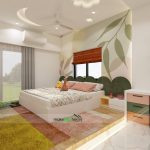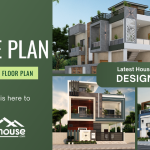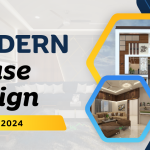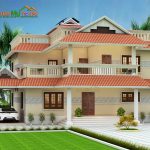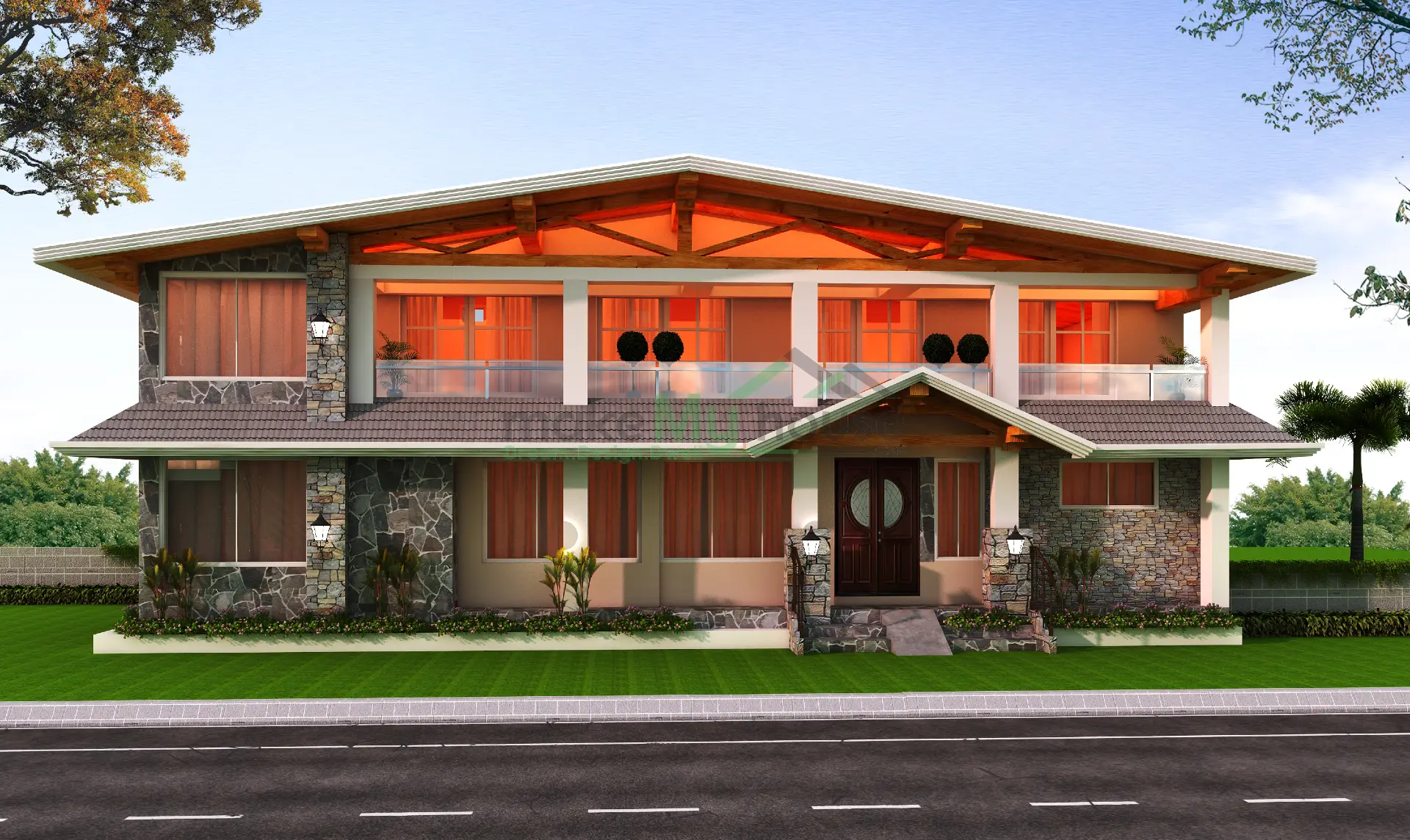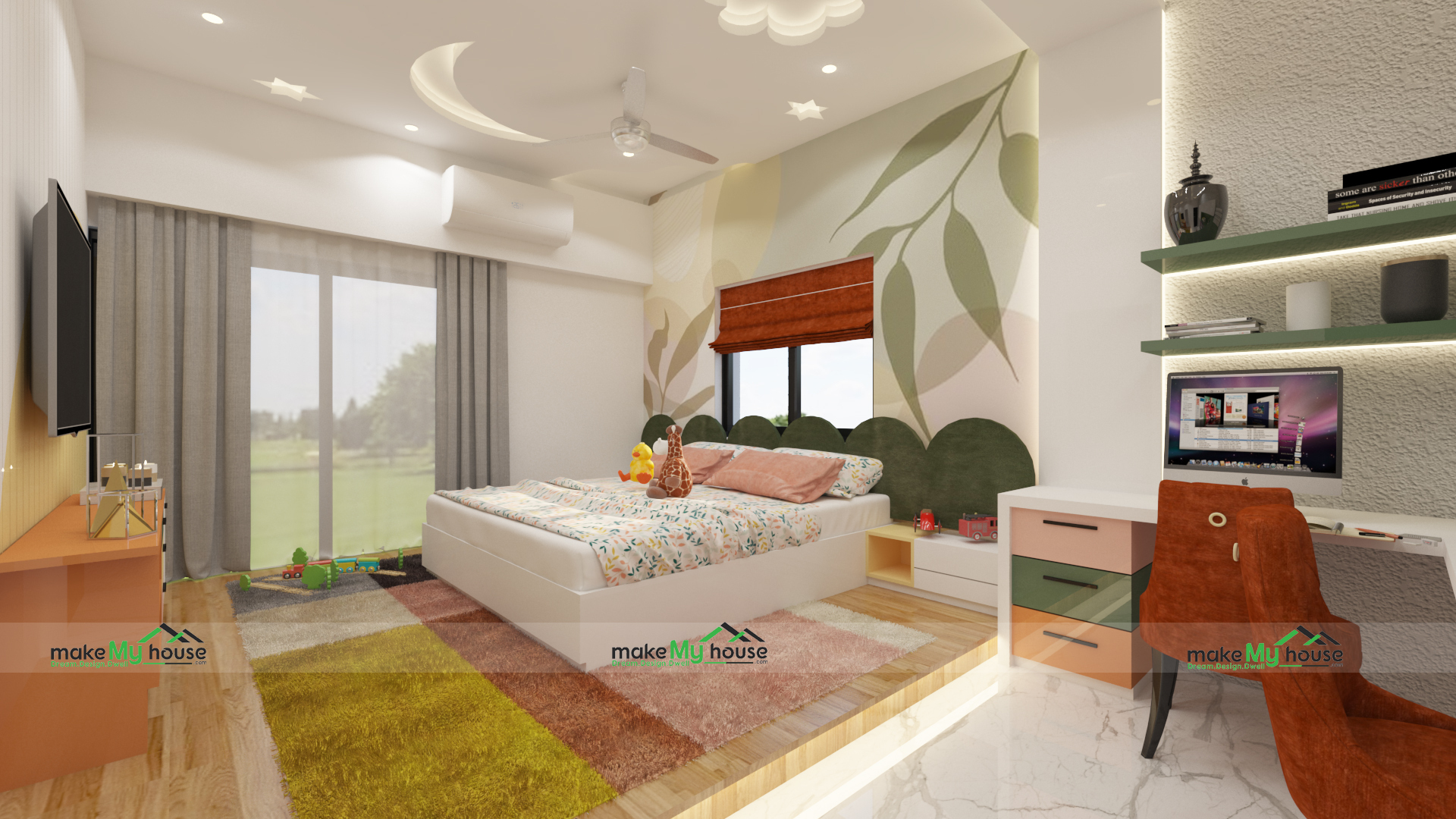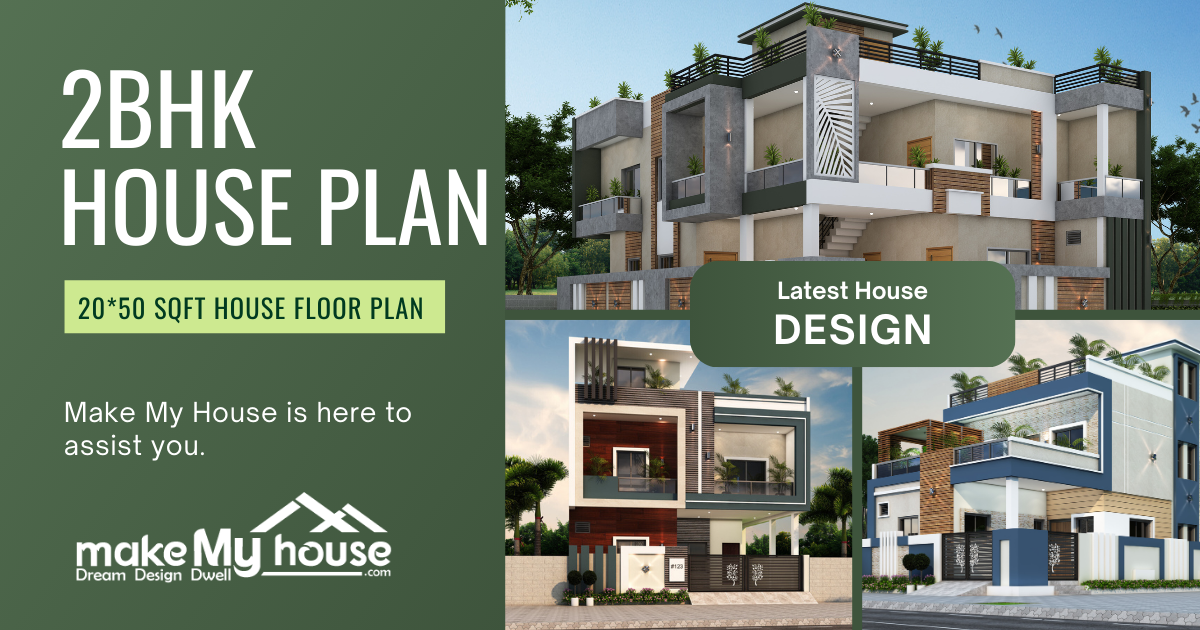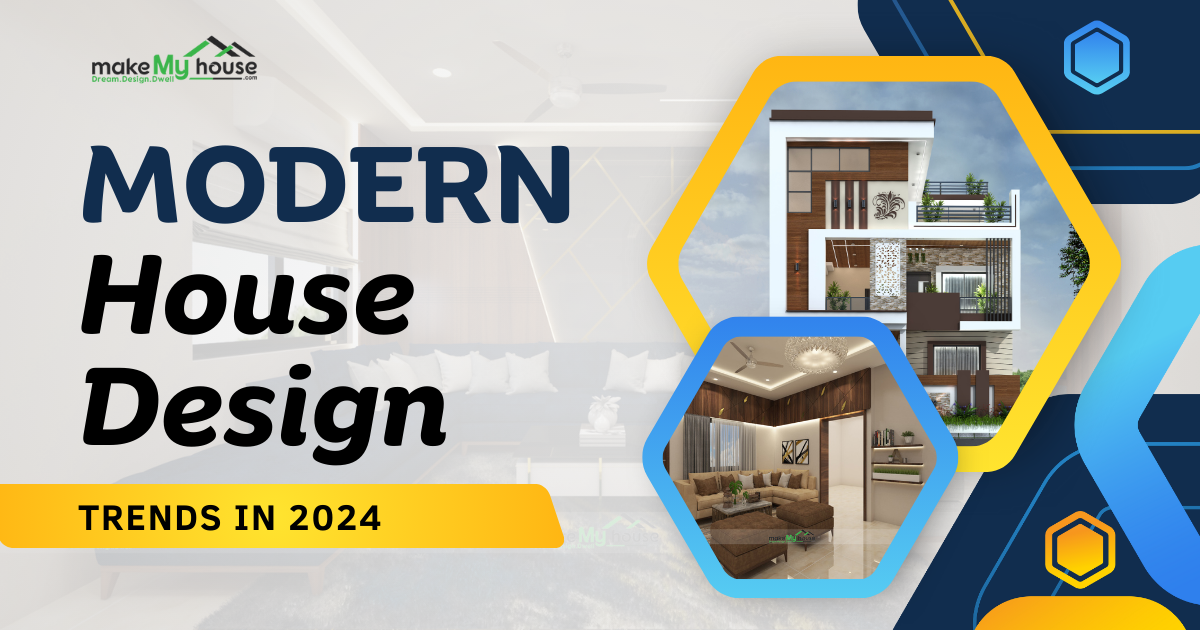Outline
I. Introduction
A. Definition of Cabins and Chalets
B. Growing Popularity
C. Importance of Design in Cabins and Chalets
II. Key Elements in Cabin and Chalet Design
A. Architectural Features
1. Exterior Design
2. Roofing Styles
B. Interior Design
1. Layout and Space Utilization
2. Furniture and Decor
III. Factors Influencing Design Choices
A. Location and Environment
B. Purpose of the Cabin or Chalet
C. Budget Considerations
IV. Popular Design Trends
A. Rustic Aesthetics
B. Modern Cabin Designs
C. Sustainable and Eco-friendly Options
V. Challenges in Cabin and Chalet Design
A. Limited Space
B. Weather Considerations
C. Balancing Aesthetics with Functionality
VI. Tips for DIY Design Projects
A. Research and Planning
B. Utilizing Available Resources
C. Seeking Professional Advice
VII. Case Studies
A. Showcase of Well-Designed Cabins and Chalets
B. Success Stories in Design Transformation
VIII. Future Trends in Cabin and Chalet Design
A. Technological Integrations
B. Innovative Materials
C. Sustainable Design Solutions
IX. Personal Touch in Design
A. Adding Character to Cabins and Chalets
B. Incorporating Personal Preferences
C. Customization Trends
X. Engaging Outdoor Spaces
A. Importance of Outdoor Areas
B. Designing Porches and Decks
C. Creating Harmony with Nature
XI. Maintaining and Upgrading
A. Seasonal Maintenance Tips
B. Cost-Effective Upgrades
C. Longevity in Design Choices
XII. Budget-Friendly Design Solutions
A. Affordable Materials and Decor
B. DIY Options for Design Enhancement
C. Balancing Quality and Cost
XIII. Designing for All Seasons
A. Winter-Ready Cabins
B. Summer Retreat Chalets
C. Versatility in Design Choices
XIV. Recommendations for Design Professionals
A. Hiring a Professional Designer
B. Collaborating with Architects
C. Importance of Local Design Considerations
XV. Conclusion
A. Recap of Key Design Aspects
B. Encouragement for Creative Expression in Design
C. Invitation to Explore Further
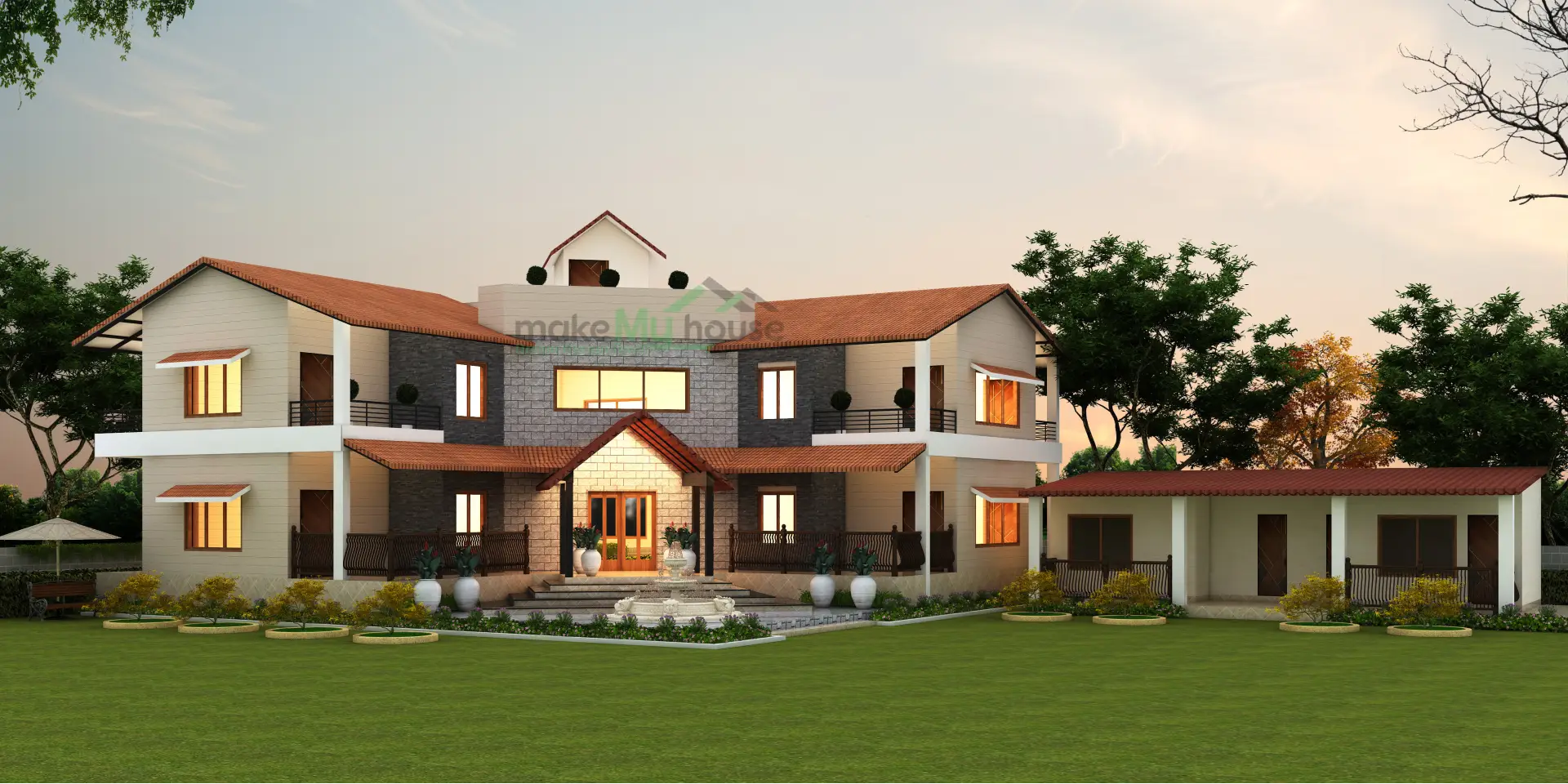
Introduction
Within the tranquil architectural domain, cabins and chalets design serve as iconic hideaways, providing a fusion of contemporary comfort and natural beauty. As these buildings become more and more well-known for their picturesque locations and comfortable ambiance, the importance of their design increases.
Key Elements in Cabin and Chalet Design
Architectural Features
Unique architectural features characterize cabins and chalets design, wherein outside design is essential. The selection of materials and styles is important for any type of home, from modern chalets facing mountains to rustic log cabins tucked away in forests. Regardless of style—classic pitched or contemporary flat—roofs add to the overall appearance.
Interior Design
The interior layout of these retreats involves a delicate balance of space utilization and aesthetics. Furniture and decor choices play a crucial role in creating a welcoming ambiance. Rustic furnishings often complement the natural surroundings, while modern designs provide a touch of sophistication.
Factors Influencing Design Choices
Location and Environment
The geographical location and surrounding environment heavily influence design choices. A mountain cabin might feature large windows to capture breathtaking views, while a lakeside chalet may prioritize open spaces for socializing.
Purpose of the Cabin or Chalet
Understanding the primary purpose of the structure – be it a permanent residence, vacation home, or rental property – guides design decisions. Each purpose demands unique considerations, from storage solutions to entertainment spaces.
Budget Considerations
Budget constraints often shape design choices. Whether opting for affordable materials or embarking on a DIY project, aligning design ambitions with financial realities is essential.
Popular Design Trends
Rustic Aesthetics
The timeless appeal of rustic designs remains a staple in cabin and chalet architecture. Exposed wooden beams, stone fireplaces, and earthy color palettes create a warm and inviting atmosphere.
Modern Cabin Designs
A rising trend involves merging contemporary aesthetics with traditional cabin structures. Clean lines, minimalist decor, and large windows redefine the classic cabin experience.
Sustainable and Eco-friendly Options
As environmental consciousness grows, so does the demand for eco-friendly design solutions. From solar panels to recycled materials, cabins, and chalets can embrace sustainable practices.
Challenges in Cabin and Chalet Design
Limited Space
The cozy charm of cabins often comes with spatial challenges. Clever storage solutions and multifunctional furniture become crucial in maximizing available space.
Weather Considerations
Cabins endure harsh weather conditions, requiring design elements that withstand the elements. Proper insulation, durable roofing, and weather-resistant materials are paramount.
Balancing Aesthetics with Functionality
Finding the equilibrium between aesthetic appeal and functionality is an ongoing challenge. Design choices should not compromise the practical aspects of living in these structures.
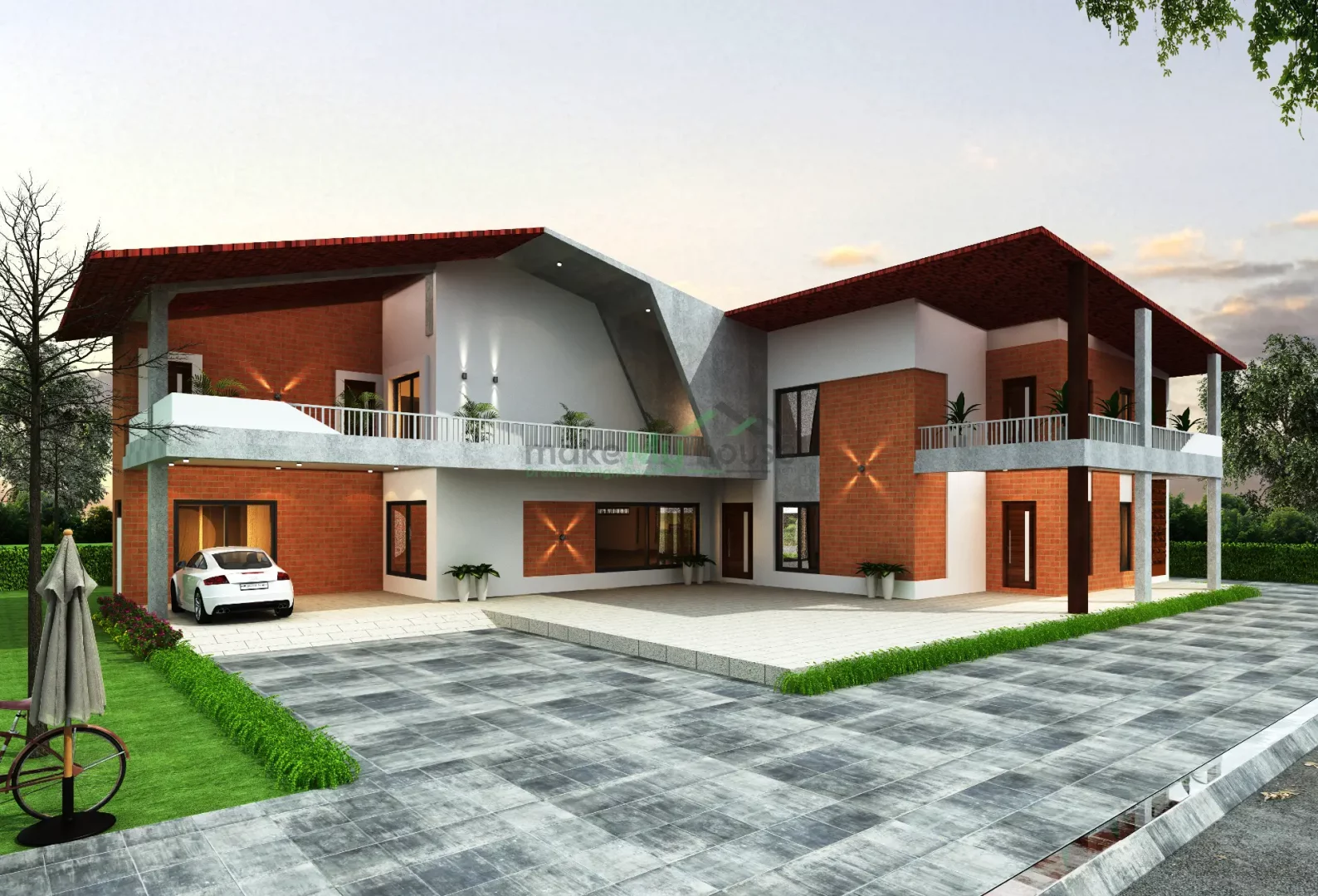
Tips for DIY Design Projects
Research and Planning
Embarking on a DIY cabin or chalet project requires thorough research and meticulous planning. Understanding local building codes and zoning regulations is essential for a smooth process.
Utilizing Available Resources
Resourcefulness is key in DIY projects. Salvaged materials, repurposed furniture, and local resources can contribute to a unique and sustainable design.
Seeking Professional Advice
While DIY projects can be rewarding, consulting with professionals, especially architects and designers, ensures that the final design is both structurally sound and aesthetically pleasing.
Case Studies
Showcase of Well-Designed Cabins and Chalets
Highlighting successful design transformations inspires enthusiasts. Case studies provide insights into how thoughtful design choices can elevate a simple cabin into a luxurious retreat.
Success Stories in Design Transformation
Stories of individuals or communities transforming outdated cabins into modern havens showcase the transformative power of design. These success stories motivate others to embark on their design journeys.
Future Trends in Cabin and Chalet Design
Technological Integrations
The future of cabin and chalet design may involve integrating smart technologies for enhanced comfort and convenience. From automated climate control to security systems, cabins could become technologically advanced.
Innovative Materials
Advancements in materials science offer exciting possibilities. Sustainable and durable materials could redefine the longevity and environmental impact of cabin and chalet designs.
Sustainable Design Solutions
An increasing focus on sustainability is likely to drive innovations in design. From green roofs to energy-efficient appliances, cabins, and chalets can lead the way in eco-friendly architecture.
Personal Touch in Design
Adding Character to Cabins and Chalets
Infusing personality into the design is what makes each cabin or chalet unique. From quirky decor elements to personal mementos, these touches create a sense of ownership and comfort.
Incorporating Personal Preferences
Design choices should reflect the preferences and lifestyles of the occupants. Whether it’s a love for vintage decor or a passion for modern art, cabins become true sanctuaries when tailored to individual tastes.
Customization Trends
A growing trend involves customizable cabin designs, allowing homeowners to personalize their spaces. From modular furniture to adaptable layouts, customization caters to diverse needs.
Engaging Outdoor Spaces
Importance of Outdoor Areas
The connection with nature is a defining feature of cabins and chalets. Designing outdoor spaces, such as porches and decks, enhances the overall experience and allows residents to immerse themselves in the natural surroundings.
Designing Porches and Decks
Thoughtful design of outdoor spaces involves choosing weather-resistant materials and comfortable furnishings. Creating spaces for relaxation, dining, and socializing adds value to the cabin or chalet.
Creating Harmony with Nature
Landscaping choices should complement the natural environment. Native plants, stone pathways, and eco-friendly outdoor amenities contribute to a harmonious blend with nature.
Maintaining and Upgrading
Seasonal Maintenance Tips
Caring for cabins involves seasonal considerations. From winterizing to summer maintenance, understanding the specific needs of the structure ensures longevity.
Cost-Effective Upgrades
Upgrading cabins doesn’t always require a hefty budget. Simple changes like fresh paint, new hardware, or energy-efficient appliances can enhance both aesthetics and functionality.
Longevity in Design Choices
Investing in timeless design elements ensures that the cabin remains relevant and appealing through the years. Choosing classic materials and neutral color schemes contributes to long-term aesthetic value.
Budget-Friendly Design Solutions
Affordable Materials and Decor
Designing on a budget doesn’t mean compromising on style. Affordable materials, such as plywood or reclaimed wood, can add character. Thrifted or DIY decor items contribute to a unique aesthetic.
DIY Options for Design Enhancement
Embracing a hands-on approach allows homeowners to save costs. DIY projects, from building furniture to creating decor items, add a personal touch to the design.
Balancing Quality and Cost
Striking a balance between cost-effective choices and quality is essential. Investing in durable materials for key elements ensures that the design remains robust over time.
Designing for All Seasons
Winter-Ready Cabins
Preparing cabins for winter involves insulation, heating systems, and weatherproofing. Design choices should enhance coziness during cold months, making the cabin a warm haven.
Summer Retreat Chalets
Designing for summer revolves around creating breezy, well-ventilated spaces. Access to outdoor areas and natural light enhances the summer experience.
Versatility in Design Choices
Versatile design elements allow cabins to adapt to changing seasons. From removable window treatments to modular furniture, flexibility in design caters to different climatic conditions.
Recommendations for Design Professionals
Hiring a Professional Designer
For those seeking a flawless design without a DIY adventure, hiring a professional designer ensures expertise and a polished result.
Collaborating with Architects
Architects bring a structural perspective to design. Collaborating with them ensures that the cabin or chalet not only looks good but is structurally sound.
Importance of Local Design Considerations
Considering local climate, building codes, and cultural aesthetics is crucial. Design that harmonizes with the local environment adds authenticity and value.
Conclusion
The possibilities when it comes to cabins and chalets design are as endless as the landscapes they are situated in. These buildings, which range from contemporary havens to rustic getaways, are a testament to the union of human creativity and the peacefulness of nature. As you begin your design process, keep in mind that every cabin or chalet has a narrative to tell, one that is revealed with every architectural decision you make.
FAQs
- How can I personalize my cabin or chalet design on a budget?
A: Embrace DIY projects, opt for thrifty decor, and focus on affordable yet stylish materials.
- What are the key considerations when designing for different seasons?
A: Winter designs should prioritize insulation and heating, while summer designs should focus on ventilation and outdoor access.
- Is it advisable to hire a professional designer for cabin or chalet projects?
A: Hiring a professional ensures a well-executed design, especially for those who prefer a polished result without DIY efforts.
- How can I make my cabin or chalet more eco-friendly?
A: Consider sustainable materials, energy-efficient appliances, and green building practices for a more eco-conscious design.
- What are some innovative materials for modern cabin designs?
A: Explore materials like engineered wood, recycled metal, and sustainable composites for a contemporary and eco-friendly aesthetic.

